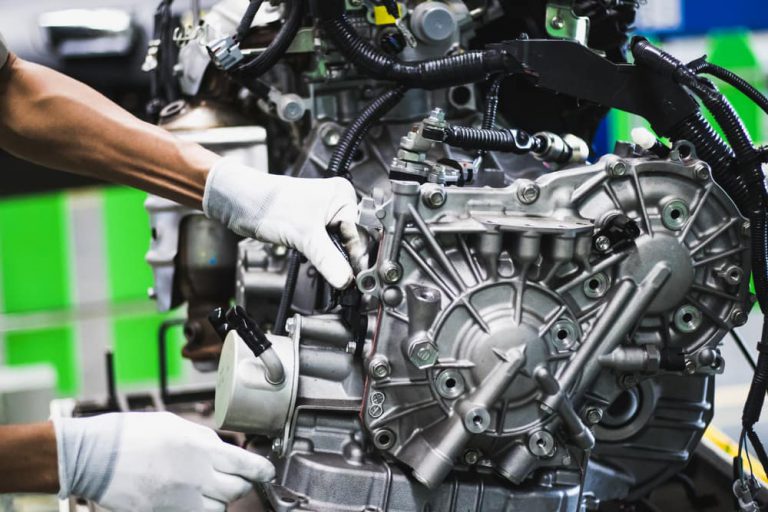3 Cylinder Engine vs 4 Cylinder Engine: What differentiates them?

The biggest difference between a 3 and a 4 cylinder engine is the number of cylinders, as evident as it is. That’s not all, though. A 3-cylinder engine requires a significantly unusual firing order to maintain balance due to the number of cylinders. Power is generated every 90-degree turn of the crankshaft in a four-cylinder engine. However, power is generated every 120 degrees in a three-cylinder engine. Because of these differences, a 3 cylinder engine has dramatically different characteristics than a 4 cylinder engine.
Which is Optimized for Fuel Efficiency?

From the standpoint of a customer, this is the most desired benefit. When compared to a four-cylinder engine of the same size, a three-cylinder engine is substantially more fuel efficient. Reduced frictional losses and lighter weight are the key reasons behind this. Because there are fewer cylinders, frictional losses from metal surfaces coming into contact within the engine block are reduced. This essentially means that you can produce more force with less fuel. Furthermore, the engine block is substantially lighter due to the lack of one cylinder. Even the crankshaft that holds the pistons is made of lightweight material. In general, there is a significant reduction in overall weight.
Best Car Accessories & Tools
Buy NowLight on the Pocket

In general, a 3 cylinder engine is cheaper to maintain and run. With one cylinder less, the total parts functioning in the engine are lesser. This means there are a lesser number of parts being used in the engine. So, the automatically incurs lesser wear and tear compared to a 4 cylinder engine. Even, If they do die off, the total expense to change/ fix the parts will be less directly as a virtue of the number of parts being lesser.
While You Care for Your Car, Care for Your Child’s Future Too 💖
A fun and educational book every parent should gift their kid.
 Get Kiddy Store Fortune Now
Get Kiddy Store Fortune Now
3 Cylinder Engine vs 4 Cylinder Engine: Advantages of 3 Cylinder Engines.
Less Raw Material Usage
This is likely the most desired feature of a three-cylinder engine. Because a three-cylinder engine has one fewer cylinder, the total material required to make it is less. The manufacturers benefit from this in two ways. To begin with, they will need less material, which will save them a large amount of money each engine. Then, because there is one fewer cylinder, you may make a smaller engine with the same displacement. This allows manufacturers to create a smaller engine bay and concentrate on making the interiors more spacious.
Car Detailing Brushes
Also Read3 Cylinder Engine vs 4 Cylinder Engine: Advantages of 4 Cylinder Engines.
Supreme Refinement
The most appealing feature of a four-cylinder engine is how refined it is. These days, all engines are four-stroke (intake, compression, power, exhaust). The overall balancing of a four-cylinder engine is superb. In a four-cylinder engine, one cylinder is constantly in the power stroke, while the others are all at various positions from one another. This results in a considerably more streamlined crankshaft motion, which correlates to overall smooth engine running. Every 90-degree turn of the crankshaft provides power in the four-cylinder engine. The three-cylinder engine, on the other hand, produces power at every 120-degree angle.
Power

Three-cylinder engines have an area of no firing in the cycle, as we described previously. The crankshaft rotates during this time only due to the momentum generated by the piston during the preceding stroke. So a three-cylinder engine struggles to produce power at lower RPMs. However, as the revs rise, the crankshaft gains enough momentum to produce a healthy amount of power. The 4 cylinder engine, on the other hand, is free of this issue due to the lack of lag in the firing order. It’s just as effective at low RPMs as it is at high RPMs.
Also read: Top Microfiber Towels

